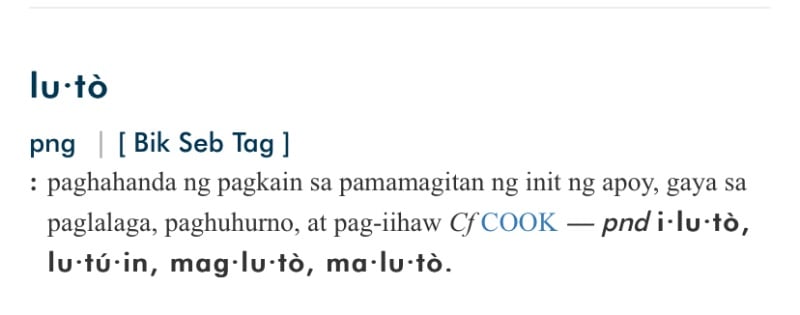I don't think that trying to recognise deeper patterns is us foreigners overcomplicating things in Tagalog (and this is definitely not an attempt to find English equivalents. ma-adjectives are not a thing in English...).
On the contrary, it is an attempt to simplify it, and the only way to learn a language without getting crazy with learning everything by heart. Sometimes a certain pattern will work. Sometimes it won't. Sometimes we will realise that our model of the language was too simple, and additional things must be taken into account. Sometimes it will work, but has exceptions that must be learned. Even then, you save yourself a lot of hassle if you only need to watch out for exceptions, and it may help understanding words you haven't even learned yet. And if it turns out that ma-verbs and ma-adjectives are just two different things, at least spending time figuring out the difference will help us understanding this difference better and avoiding mistaking one thing for the other.
(For instance, I had a big eureka effect when comparing "relative sentences with na/-ng" and "adjectives with linker"... Suddenly, Tagalog sentence structure made so much more sense.)
As for the maganda vs. matulog issue, the paper states that these "statives" are distinguished from real verbs by not having an aspect. According to them, maganda is an innate property instead of a process with a clear beginning and end. Which makes sense, but there is also magutom (to be hungry), which has aspect forms. Maybe we could say that hunger is a temporary state, so an aspect is needed there. But that is a bit arbitrary....
As for the quality of the paper, I've found at least one conclusion that is fishy: They claim that since statives and nouns both have plural forms, while adjectives don't, statives are more like nouns than adjectives. But this is only true if the only language you consider besides Tagalog is English... All romance languages and the Germanic ones have plural forms for their adjectives. So they are justifying a Tagalog structure by English grammar.






